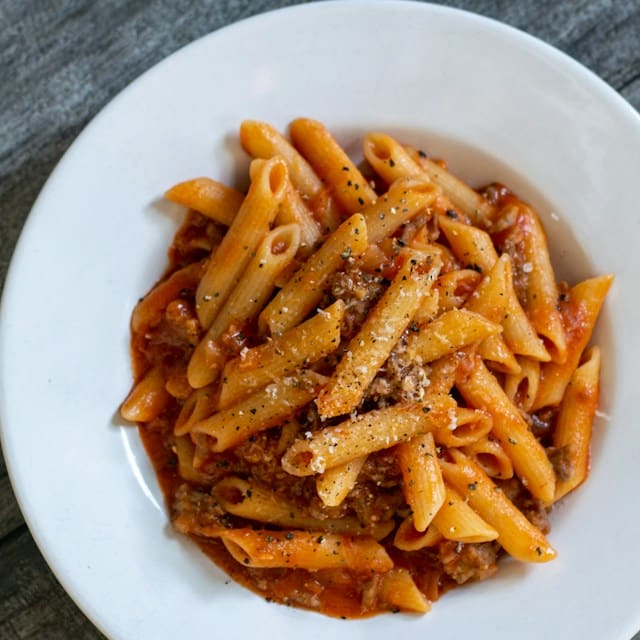What’s the Secret to a Crumbly and Buttery Scottish Shortbread?

In the realm of pastries, there’s something uniquely comforting and inherently nostalgic about biting into a buttery Scottish shortbread. The crumbly texture, the delightful aroma, and the taste, oh the taste! It’s a perfect amalgamation of simplicity and decadence, hailing from the heart of Scotland.
So, what does it take to create this beautiful treat? The answer is simplicity; a handful of quality ingredients, the right technique and a dash of patience. In this article, we’re going to delve deep into the secrets of creating the perfect Scottish shortbread.
Also to discover : How Can You Craft a Flavorful French Bouillabaisse with a Saffron Broth at Home?
The Basic Ingredients and Their Role
Contrary to what you might think, the ingredients list for shortbread is rather short. The traditional shortbread only requires three main ingredients: butter, sugar, and flour. That’s it! But don’t be fooled by this simplicity. Each of these ingredients plays a critical role in shaping the taste, texture, and overall quality of the final product.
Let’s start with the star of the show: butter. The butter imparts the rich, almost indulgent, flavour that is the signature of a classic shortbread. It also contributes to the shortbread’s tender, crumbly texture. It’s essential to use high-quality butter, preferably unsalted, to ensure the best outcome.
This might interest you : How to Achieve Perfectly Crisp and Tender Japanese Karaage Chicken?
Next up, sugar. Sugar not only provides sweetness but also plays a key role in the shortbread’s texture. Granulated sugar gives the shortbread its classic grainy texture, while powdered sugar makes for a softer, more tender shortbread.
Finally, flour. The type of flour you use can drastically impact the texture of your shortbread. All-purpose flour delivers a sturdy yet tender shortbread, while cake flour results in a more delicate, crumbly treat.
The Method: Achieving the Perfect Texture
Now that we’ve covered the ingredients, let’s move on to the method. The method of making shortbread is simplicity personified, yet it requires precise execution.
Firstly, it’s all about the creaming method. Creaming the butter and sugar together until it’s light and fluffy is a crucial step. It’s during this step that the sugar granules create tiny air pockets in the butter, contributing to the shortbread’s light, crumbly structure.
Next comes the mixing of the dry ingredients. Overmixing the dough can lead to a tough, dense shortbread. Hence, it’s essential to mix just until the dough comes together.
The Baking Process
The baking process is another crucial aspect of shortbread-making. The oven temperature and the baking time can significantly impact the texture and color of your shortbread.
A low and slow baking process is the way to go when it comes to shortbread. A temperature of around 150-160°C (300-325°F) is ideal. This ensures that the shortbread bakes evenly without browning too quickly.
The baking time will depend on the thickness of your shortbread. Typically, it takes around 20-25 minutes for thin shortbread and 30-35 minutes for thicker ones. The goal is to achieve a pale golden color, not brown. Overbaking can result in a dry, hard shortbread.
Essential Tips and Tricks for the Perfect Shortbread
To ensure the best outcome, here are some indispensable tips and tricks.
Firstly, all your ingredients should be at room temperature. This makes the creaming process easier and results in a smoother dough.
Secondly, chill the dough before baking. This allows the butter to firm up, resulting in a more delicate texture and preventing the cookies from spreading too much during baking.
Lastly, use a heavy-duty baking pan. This ensures even heat distribution and prevents the cookies from browning too quickly.
With all these steps meticulously followed, you’re guaranteed to create the best Scottish shortbread. Remember, the key to the perfect shortbread lies not only in the ingredients but also the method and the love with which it is made. So, go ahead and make your kitchen smell like a Scottish bakery.
Innovations and Variations: The Modern Touch to Traditional Shortbread
In the world of baking, innovation has its place, even with a classic like the Scottish shortbread. Though the traditional recipe calls for minimal ingredients, many modern bakes have added their personal spin to the original, introducing exciting variations.
The incorporation of rice flour is one such modern tweak. Used as a partial replacement for all-purpose flour, rice flour can enhance the crumbly texture of the shortbread, giving it a distinctive melt-in-mouth feel. However, remember to keep the ratio right; too much rice flour might make your shortbread too fragile.
Adding a pinch of salt, even when using unsalted butter, can elevate the flavours, giving a slight edge to the sweet, buttery shortbread. For those who like their shortbread on the sweeter side, dusting the cookies with caster sugar or powdered sugar just before serving can add an extra layer of sweetness and a lovely finish.
And let’s not forget about flavours! Infusing your shortbread with lavender, rosemary, or citrus zest can give a refreshing twist to this traditional Scottish treat. Even adding spices like nutmeg or cardamom can create a delightful fusion of flavours.
Conclusion: The Joy of Baking the Perfect Shortbread
In essence, baking the perfect Scottish shortbread is a harmonious balance of quality ingredients, precise technique, and ample love. When baked right, these shortbread cookies transform into a crumbly, melt-in-your-mouth delight that’s hard to resist.
Whether you stick to the traditional shortbread recipe or add your innovative touch, the result is bound to be delightful. Remember, use high-quality unsalted butter, the right kind of sugar, and purpose flour. Be careful of the time minutes in the oven and ensure your ingredients are at room temperature. A baking pan or baking sheet suitable for even heat distribution will ensure your cookies don’t brown too quickly.
As you embark on your baking journey, let the rich aroma of the shortbread fill your kitchen and your heart with joy. Every bite of this traditional Scottish treat is a testament to the simplicity and elegance of Scottish cuisine. It’s not just a cookie; it’s an experience worth savouring. So go on, bake the best shortbread and let the crumbly texture and buttery taste transport you straight to Scotland.
